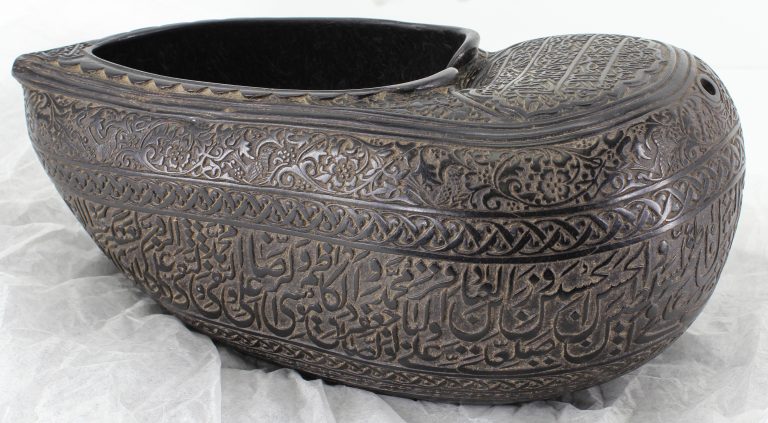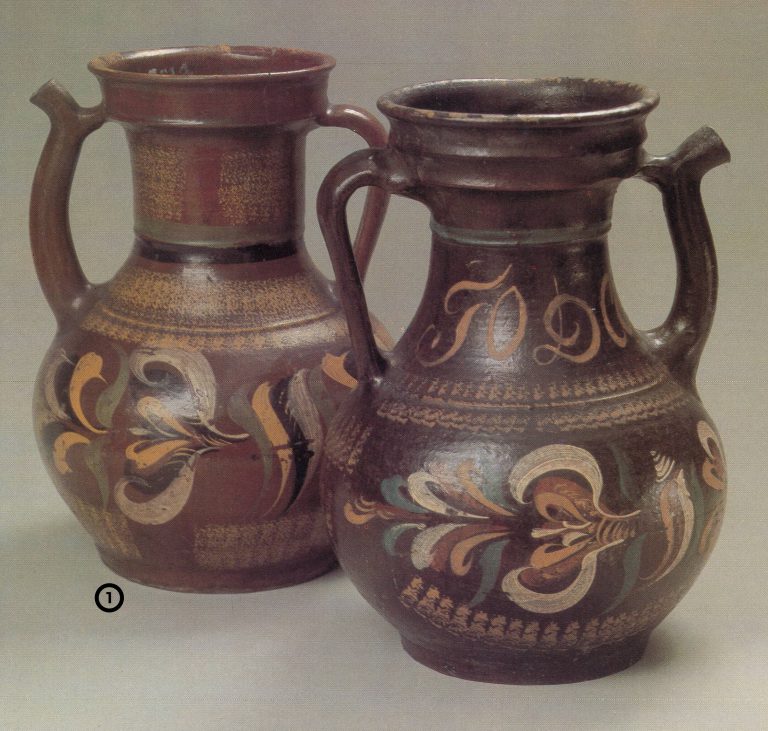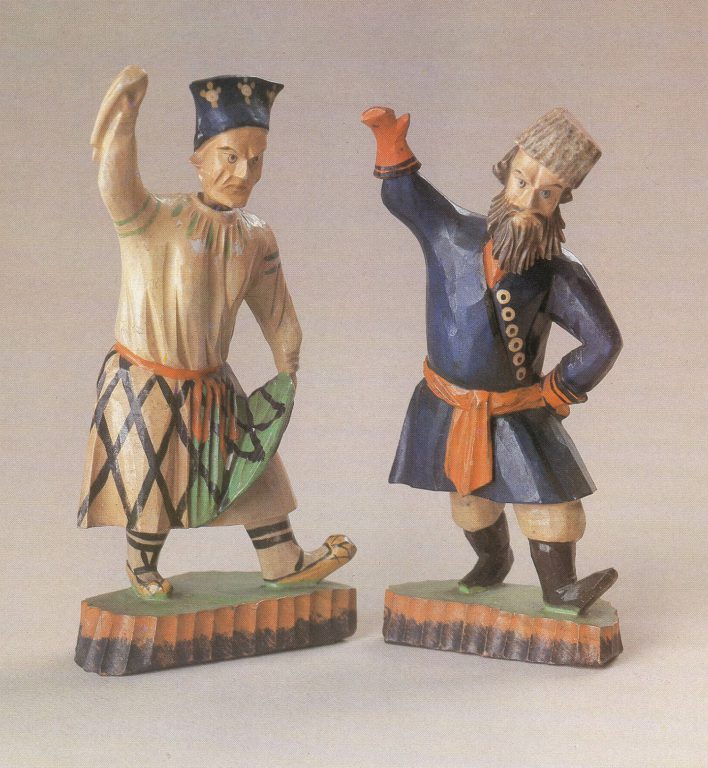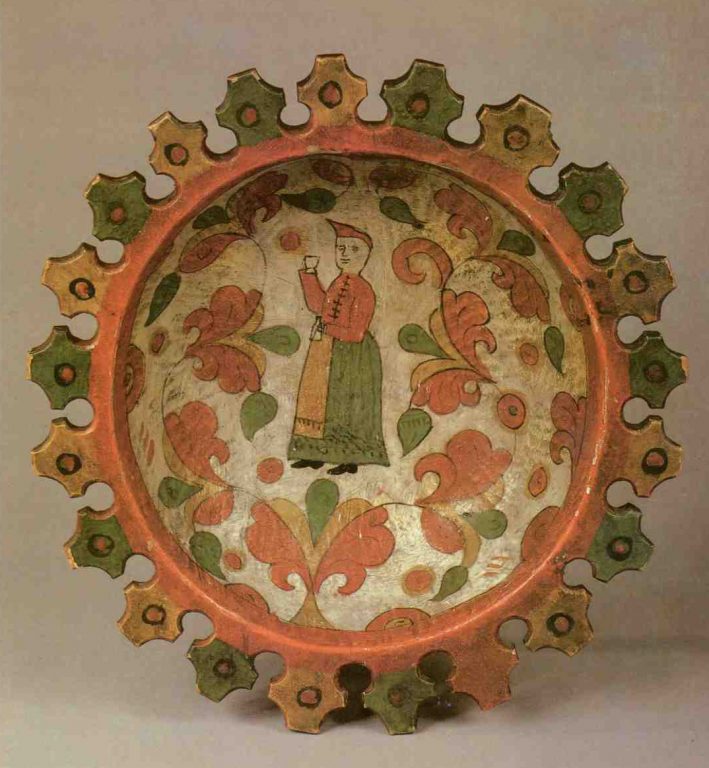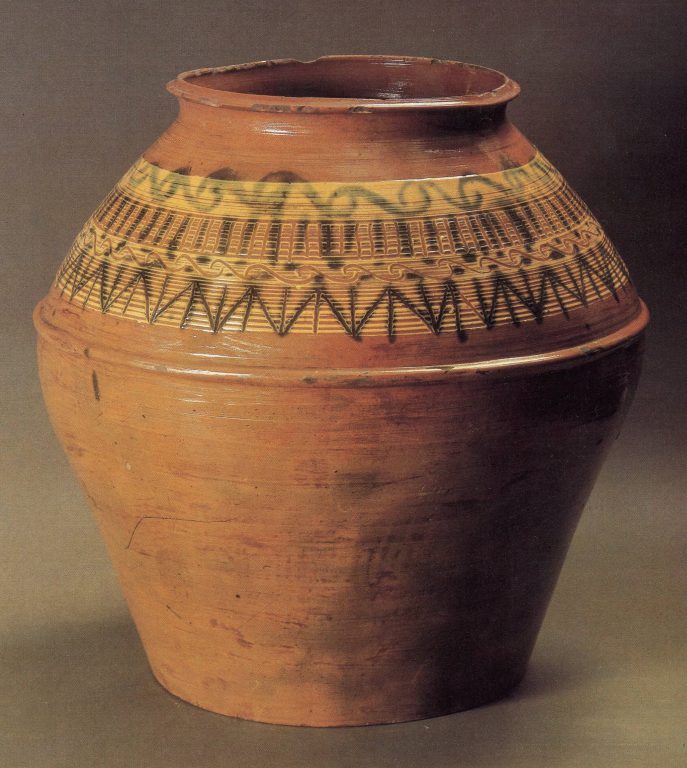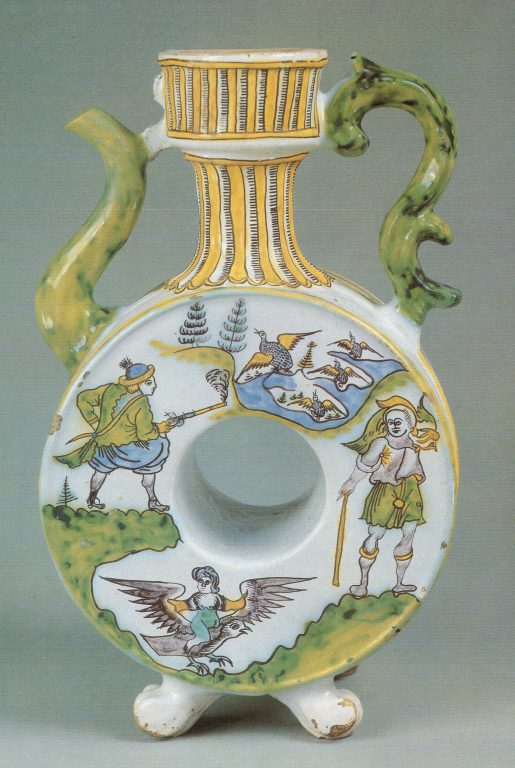
dated A.H. 1210/A.D.1795-96

Iran
Object qualities
-
Objecttableware: Beggar's Bowl
-
Type of arts & crafts
-
MediumCoco-de-mer, carved
-
SizeL: 13 in (33 cm)
-
Geography detailsMade in
Iran -
Country today
-
Datedated A.H. 1210/A.D.1795-96
Source of information
-
Type of sourceDatabase “Metropolitan Museum of Art”
-
Fund that the source refers toMetropolitan Museum of Art
Description
-
Kashkuls (begging bowls) are the most emblematic accoutrement of the wandering dervish. They are typically boat-shaped and made in a variety of media such as coco-de-mer shell, metal, ceramic and wood. This example in coco-de-mer shell is distinguished for the biblical-inspired subject matter featuring a Muslim adaptation of the story of Abraham’s Sacrifice of Isaac (here Isma’il) that is seen at the bottom. This story gained popularity in Iran in the second half of the nineteenth century and is found in paintings and lacquerware. The kashkul also bears an inscription in fine nasta’liq script which contains the Nad-i ‘Ali (Prayer to ‘Ali), excerpts from the Qur’anic throne verse (Ayat al-Kursi) and invocations to Shi’i Imams.


